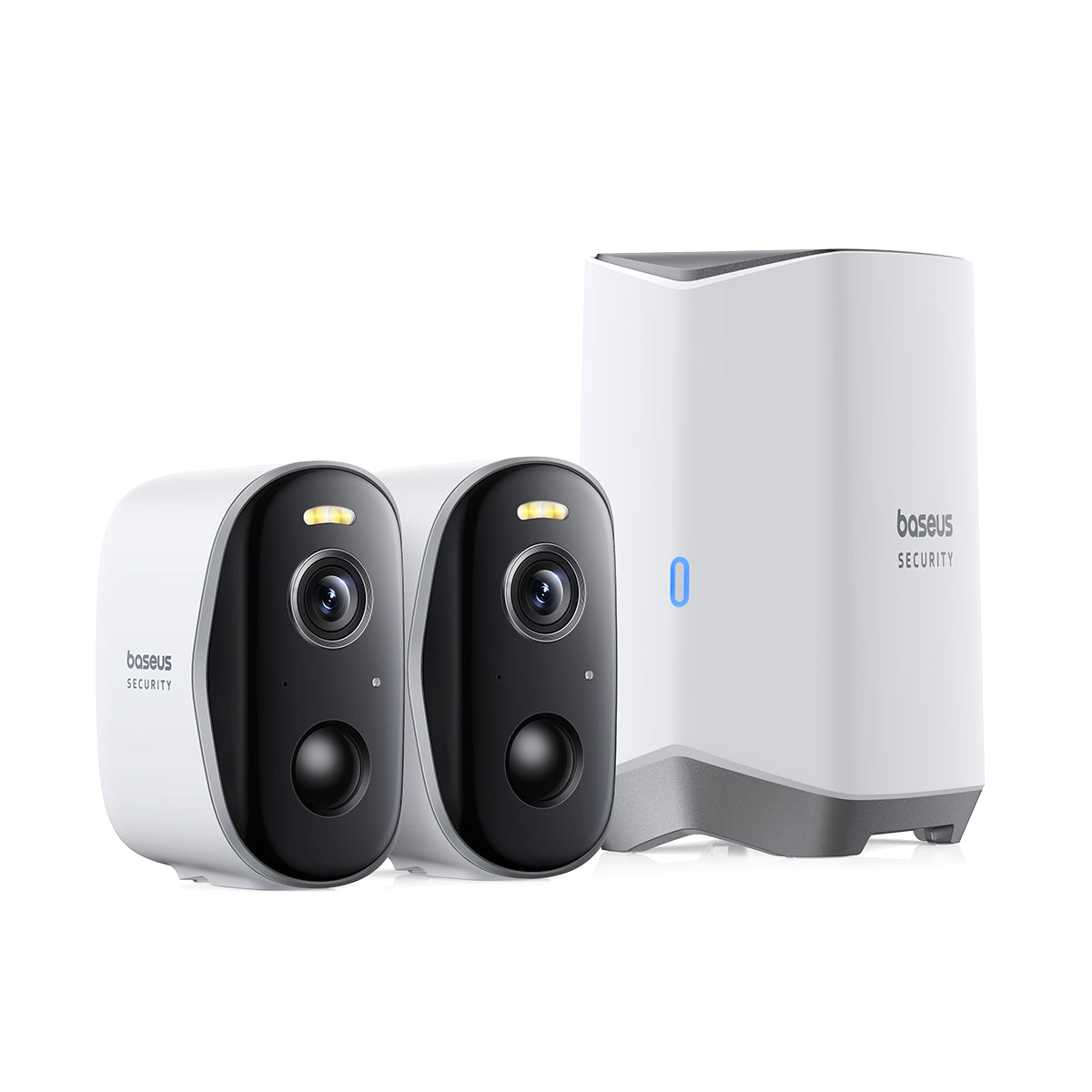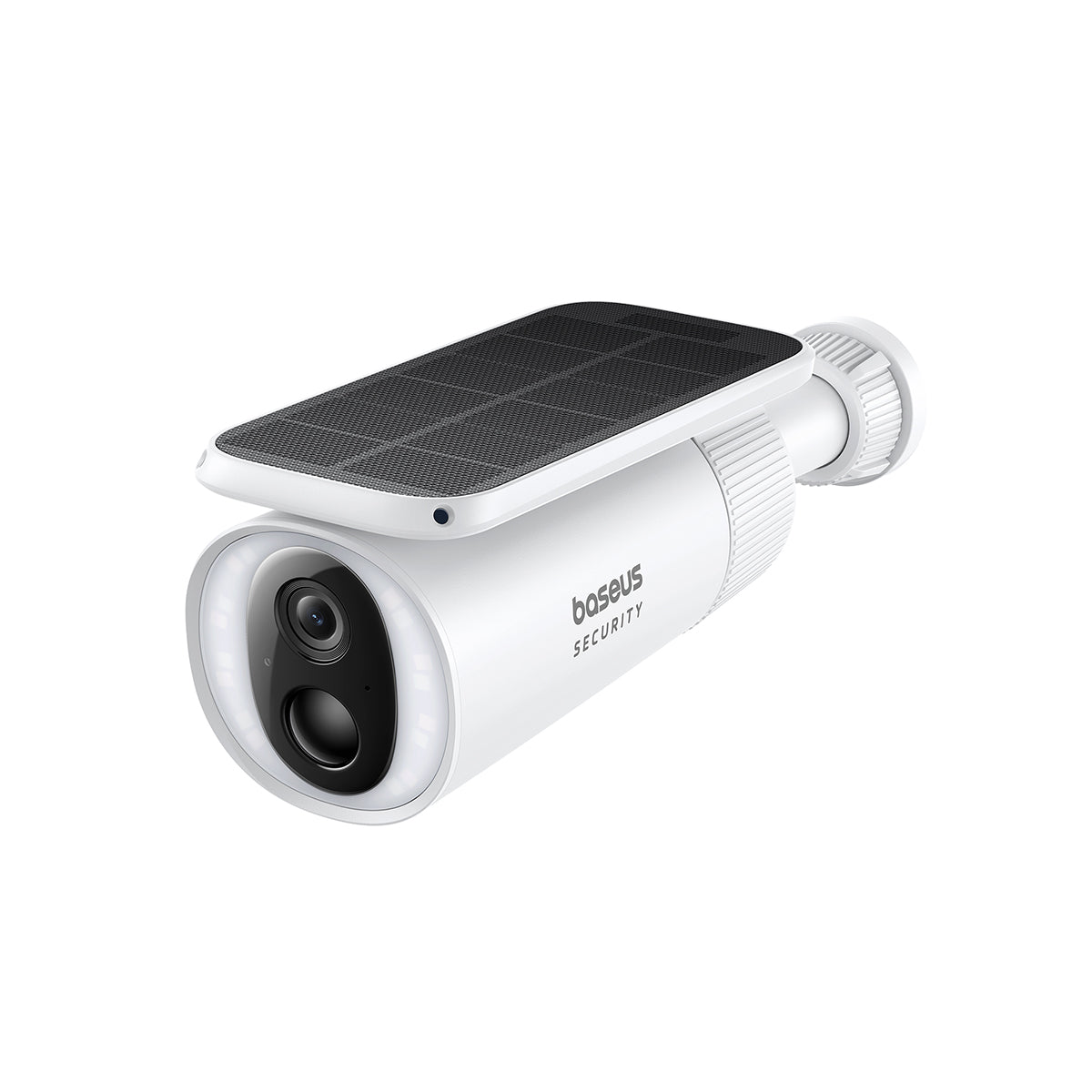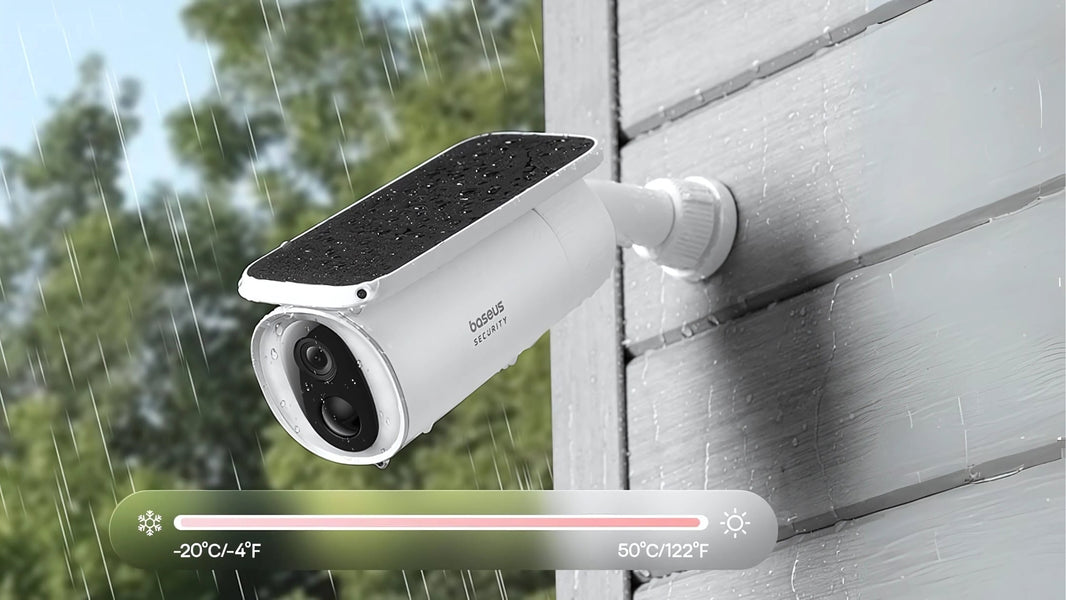For generations, darkness was the ultimate cloak, a shield for those with malicious intent. The night concealed identity, masked movement, and created a profound sense of vulnerability for homeowners. But technology has flipped a switch on the darkness. The evolution of security camera night vision has transformed our ability to monitor and protect our properties, effectively turning night into day and stripping away the cover that criminals once relied upon.
But not all night vision is created equal. The term itself encompasses a fascinating spectrum of technologies, from the familiar monochrome glow of infrared to the vibrant detail of full-color and the ghostly heat signatures of thermal imaging. Understanding the science behind these systems is the key to choosing the right guardian for your home. This guide will take a deep dive into the world of night vision, explaining how it works, why it's essential, and which technology is best suited to keep you safe after the sun goes down.
What is a Night Vision Camera?

At its most basic, a night vision camera is an optical device engineered to produce usable images in levels of light far too low for the human eye to see. It’s a common misconception that there is only one type of "night vision." In reality, it is a family of sophisticated technologies that achieve this feat in fundamentally different ways. The three primary methods used in the security industry today are:
-
Infrared (IR) Night Vision: The most common technology, which uses invisible light to illuminate the dark.
-
Color Night Vision: An emerging technology that uses highly sensitive sensors or supplemental lighting to see in color.
- Thermal Imaging: A completely different approach that visualizes the heat signatures of objects rather than light.
Each of these technologies has unique strengths and weaknesses, making the choice between them a critical decision in designing your security system.
Why Do We Need a Night Vision Camera?
The simple answer is that the world doesn't stop when the sun sets—and neither do security threats. A significant percentage of burglaries, acts of vandalism, and other property crimes occur at night, precisely because the darkness offers anonymity and cover. A standard camera that goes blind after dusk is only doing half its job.
A capable night vision security camera provides three critical layers of protection 24/7:
-
Deterrence: The mere presence of a security camera, especially one with visibly glowing IR LEDs, signals to potential intruders that they are being watched. This alone can be enough to make them reconsider your property as a target.
-
Identification: In the unfortunate event of an incident, clear nighttime footage is invaluable. It can help law enforcement identify perpetrators, vehicles, and the sequence of events with far greater accuracy than a grainy, unusable video.
-
Peace of Mind: Perhaps most importantly, knowing that you have a vigilant, unblinking eye watching over your home throughout the night provides an immeasurable sense of security and peace of mind for you and your family.
How Do Night Vision Cameras Work? The Science of Seeing in the Dark
To truly understand night vision, we have to look beyond the tiny sliver of the electromagnetic spectrum that our eyes can perceive—what we call visible light. As sources like NASA explain, the full spectrum includes everything from radio waves to gamma rays. Night vision technologies are brilliant because they leverage parts of this spectrum that are invisible to us. So, how do night vision cameras work? Let's break down each method.
Infrared (IR) Night Vision: The Industry Standard
This is the technology most people are familiar with. If you've ever seen nighttime security footage in black and white, you were watching IR night vision in action. This is an active system, meaning the camera creates its own light source.
-
Illumination: The camera is equipped with a ring of Infrared (IR) LEDs. When ambient light drops below a certain level, these LEDs turn on, flooding the area with infrared light.
-
Invisibility: This light exists on a wavelength just outside the visible spectrum, so it's completely invisible to the human eye. You won't see a bright spotlight—at most, you might notice a faint red glow from the LEDs themselves.
-
Detection: The camera's image sensor, however, is specifically designed to be sensitive to this IR light. It captures the reflected infrared light bouncing off people, objects, and the landscape
-
Image Processing: The camera's processor converts this IR data into a monochrome (black and white) video image. The result is a clear, well-lit scene, even in what appears to be pitch-black darkness.
Think of it like carrying a powerful flashlight that only your camera can see. This method is incredibly effective, reliable, and cost-efficient, which is why it has become the standard for consumer and commercial security cameras.
Thermal Imaging: Seeing Heat, Not Light
Thermal imaging is a passive system that operates on a completely different principle. It doesn't care about visible or infrared light at all. Instead, it sees heat.
Every object with a temperature above absolute zero (including people, animals, engines, and trees) emits thermal energy in the form of infrared radiation. A thermal camera has a highly specialized sensor called a microbolometer that detects these minute differences in temperature and converts them into a visual image, or thermogram. Warmer objects, like a person or a running car engine, appear as bright shapes against cooler backgrounds.
Key Advantages of Thermal:
-
It works in absolute darkness with zero ambient light.
-
It can see through visual obscurants like smoke, fog, dust, and light foliage.
-
It excels at pure detection over long distances.
Key Disadvantages:
-
It produces far less detail than optical cameras. You can see the shape of a person, but you cannot identify their face.
-
The technology is significantly more expensive.
Color Night Vision: Painting a Clearer Picture
The latest evolution in security camera night vision aims to overcome the primary limitation of IR: the lack of color. Color provides critical contextual details—the color of a car, a piece of clothing, or a logo—that can be crucial for identification. There are two main approaches to achieving this.
-
Advanced Low-Light Sensors: This method uses exceptionally large and sensitive image sensors paired with wide-aperture lenses. These cameras are engineered to amplify even the tiniest amounts of ambient light from sources like streetlights, porch lights, or even moonlight, processing it into a full-color image. They essentially have superhuman low-light vision.
-
Supplemental Visible Lighting: The other method involves building a small, visible-light LED spotlight into the camera itself. When the camera detects motion at night, this spotlight turns on, brightly illuminating the scene and allowing the camera to capture video in full color, much like a standard camera would during the day.
Introduction to Color Night Vision: A New Era of Clarity
The move from monochrome to color nighttime surveillance is more than just an aesthetic upgrade; it's a fundamental leap in security effectiveness. While traditional IR is excellent for detecting presence and movement, color adds a rich layer of data that can be the difference-maker in an investigation.
Imagine a scenario where a car is involved in an incident on your property at night. With standard IR, you might see the make and model, but you wouldn't be able to tell law enforcement if it was dark blue or black. With color night vision, that ambiguity disappears. The same applies to identifying an intruder's clothing. Knowing they wore a red jacket and blue jeans is far more useful information than simply describing them as wearing a light-toned jacket and dark pants.
Premium security cameras, like the Baseus S1 Lite Outdoor Security Camera, leverage sophisticated, highly sensitive sensors to deliver this next-generation capability. By maximizing the use of ambient light, they provide vivid, full-color footage in conditions where other cameras would have long since switched to black and white, offering superior identification and invaluable peace of mind.
Which Camera is Best for Night Vision? Choosing Your Guardian
So, with these technologies explained, we arrive at the critical question: which camera is best for night vision? The answer isn't a single product, but rather the technology that best aligns with your specific security needs and environment.
For Most Homes: The Power of Modern Infrared
For the vast majority of residential applications, a high-quality camera with modern IR technology is the perfect solution. It is reliable, effective, and provides excellent clarity for detecting and recording activity. A top-tier night vision security camera like the Baseus N1 Outdoor Security Camera exemplifies this. It pairs a high-resolution sensor with powerful IR illuminators to deliver crisp, detailed black-and-white nighttime video, ensuring that nothing goes unnoticed on your property. For dependable, all-around 24/7 protection, high-performance IR is the undisputed king.
For Identifying Details: When Color is King
If your primary goal is to capture the most detailed information possible for identification purposes, and you have some level of ambient light in the area (e.g., streetlights), a color night vision camera is the superior choice. It is ideal for front yards, driveways, and any area where identifying features like clothing or vehicle color is a top priority.
For Absolute Detection: The Thermal Advantage
For users with large properties, long driveways, or areas with dense foliage, thermal imaging offers unmatched detection capabilities. While it won't identify faces, it will unerringly detect the heat signature of a person or vehicle through visual clutter and in complete darkness, making it an excellent tool for early warnings on expansive or challenging terrain.
The Future is Bright for Seeing in the Dark
The field of security camera night vision is constantly advancing. We are seeing a convergence of technologies, with some high-end systems blending thermal detection with optical cameras to offer the best of both worlds. However, the core principles remain. By understanding the fundamental differences between infrared, color, and thermal technologies, you can make an informed decision and invest in a system that truly vanquishes the darkness.
Ready to bring unparalleled clarity to your nighttime security?
Explore our complete collection of security cameras and find the perfect guardian for your home.











